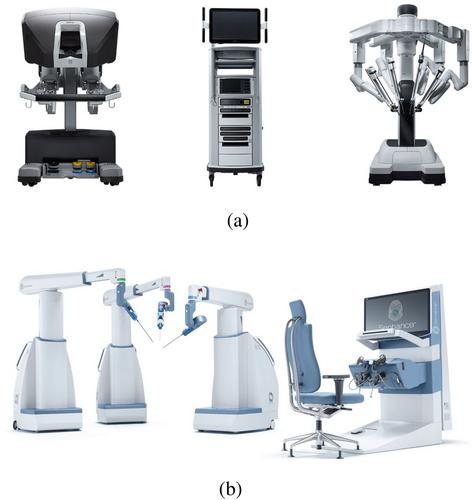Liver medical procedures are considered one of the most challenging because of the liver's complex geometry, heterogeneity, mechanical properties, and movement due to respiration. Haptic features integrated into needle insertion systems and other medical devices could support physicians but are uncommon. Additional training time and safety concerns make it difficult to implement in robot-assisted surgery. The main challenges of any haptic device in a teleoperated system are the stability and transparency levels required to develop a safe and efficient system that suits the physician's needs.
The objective of the review article is to investigate whether haptic-based teleoperation potentially improves the efficiency and safety of liver needle insertion procedures compared with insertion without haptic feedback. In addition, it looks into haptic technology that can be integrated into simulators to train novice physicians in liver procedures.
This review presents the physician's needs during liver interventions and the consequent requirements of haptic features to help the physician. This paper provides an overview of the different aspects of a teleoperation system in various applications, especially in the medical field. It finally presents the state-of-the-art haptic technology in robot-assisted procedures for the liver. This includes 3D virtual models of the liver and force measurement techniques used in haptic rendering to estimate the real-time position of the surgical instrument relative to the liver.
Haptic feedback technology can be used to navigate the surgical tool through the desired trajectory to reach the target accurately and avoid critical regions. It also helps distinguish between various textures of liver tissue.
Haptic feedback can complement the physician's experience to compensate for the lack of real-time imaging during Computed Tomography guided (CT-guided) liver procedures. Consequently, it helps the physician mitigate the destruction of healthy tissues and takes less time to reach the target.


